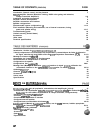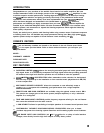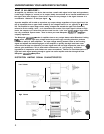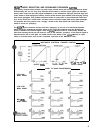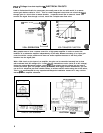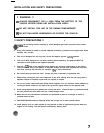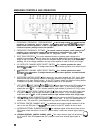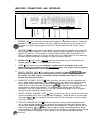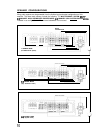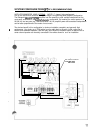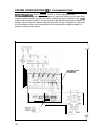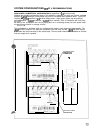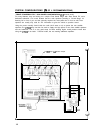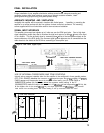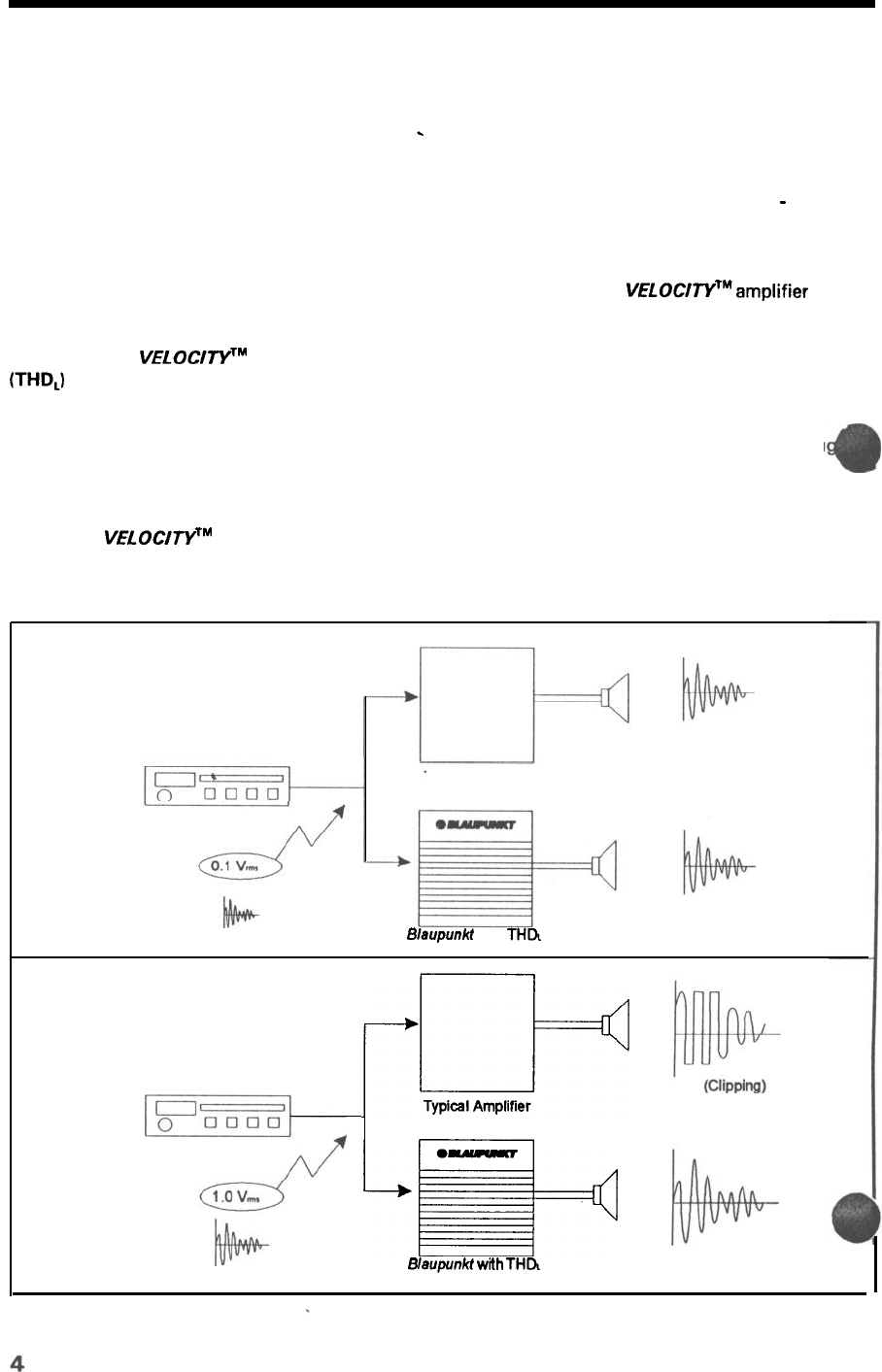
UNDERSTANDING YOUR AMPLIFIER’S FEATURES
WHAT IS AN AMPLIFIER?...
An amplifier, by definition, is a device that receives a small audio signal on its input and reproduces
it with larger voltages (or current) on its output. Ideally there should be no internal modifications of
the signal other than voltage or current level. If there are any changes in the signal character it is
considered a “distortion” of the input signal.
4
A perfect amplifier will be able to reproduce any output voltage regardless of input signal level, but
this is impossible due to upper limits created by the voltages found in a car, typically 12
-
15 volts
DC. The amplifier’s output stage cannot swing voltages that exceed the upper limit commonly
referred to as the voltage “rails”,
as in locomotive train tracks. If the input signal is driven to high
levels, the outputs try to follow this path but crash into the “rails” thus turning musical sine waves
into very unmusical square waves.
Here is where your new Blaupunkt VELOCIWTMamplifier is
uniquely impressive.
The Blaupunkt
VELOCITYTM
series of amplifiers have a very unique feature called Distortion Limiting
(THD,) which tolerates high input voltage levels but prevents ugly sounding distortion products
common to nearly all other amplifiers. An input voltage sensing network looks at the incoming
signal and adjusts the feed-through gain of the amplifier so quickly that high level bass notes
cannot drive the amp into distortion yet lower signal level mid and high frequencies pass throu
without gain modification. This is done within milliseconds, so “gain pumping” acoustical
byproducts of inexpensive audio limiters are never encountered. Below is a visual description of a
high level audio signal passing through a typical car audio amplifier and then through the new
Blaupunkt
VELOCITYTM
amplifiers.
DISTORTION LIMITING SIGNAL CHARACTERISTICS
Low Volume
Typical
Amplifier
BlaupunM
with
TH[x
High Volume
;FII+
Typical Amplifier
jz++
6/8upunkt
with THIX




